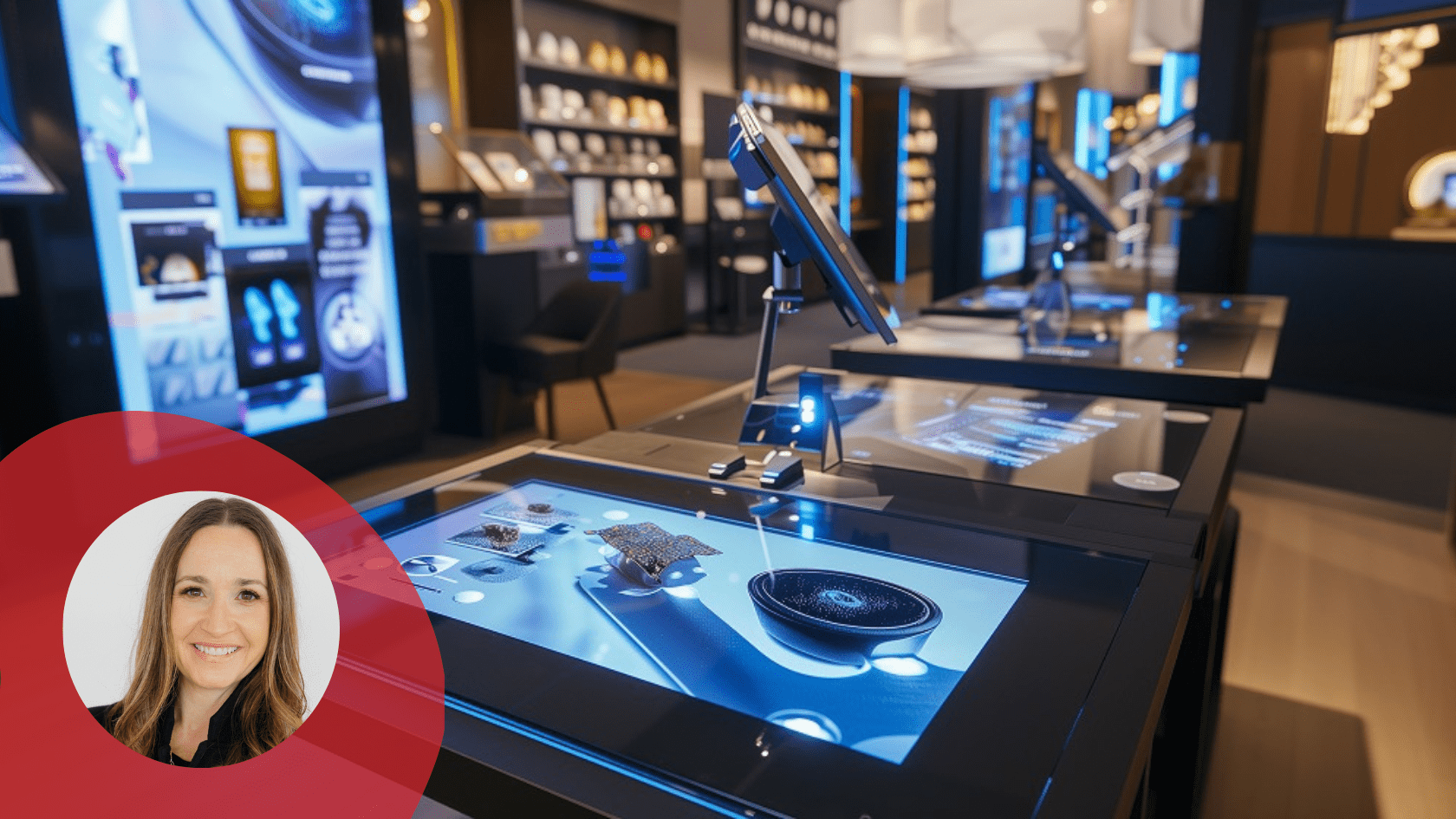
Retail is undergoing a significant transformation in the face of e-commerce dominance. Traditional physical stores are now looking to tourist destinations for inspiration, aiming to create immersive experiences that go beyond simply browsing aisles. More than half of U.S. brands are planning to increase investments in immersive technologies such as interactive displays, curated playlists, and nostalgic scents to enhance customer engagement.
The shift in retail focus is towards creating connections through a blend of art and science. By combining strategies that evoke emotion and stimulate the senses, retailers can turn mundane shopping trips into memorable experiences that drive brand loyalty. This human-centric approach encourages retailers to think outside the box and embrace creativity and data-driven insights to stay ahead in the evolving retail landscape.
Experiential retail strategies are deeply rooted in psychological principles that govern consumer behavior. Emotional connections lead to higher brand loyalty, and engaging multiple senses can enhance the overall shopping experience. By understanding consumer behavior, retailers can craft effective marketing strategies and design engaging retail experiences. Personalization also plays a key role, with tailored experiences making customers feel valued and understood.
Creating multi-sensory environments that evoke powerful emotions and associations is essential in influencing customer attitudes and behavior. Bright lighting and upbeat music can encourage active browsing, while the right scent can improve mood and trigger positive emotions. Today’s consumers are also looking for experiences that align with their values and provide social connections, making immersive retail a desirable option for self-expression and shared moments.
To build customer loyalty, retailers are utilizing human-centric designs based on behavioral economics and analytics. By catering to customer preferences and behaviors, retailers can create visually stimulating environments that encourage repeat visits and nudge purchasing decisions. Strategies like store layout designs, loyalty programs, personalized recommendations, and convenient payment options all contribute to a positive shopping experience that leads to customer loyalty.
Retailers are now focusing on curating memorable and measurable moments through creative features like photo walls, art installations, and shareable experiences. By offering branded keepsakes and personalized products, along with utilizing hashtags and geo-tagged locations, retailers can enhance brand visibility and create meaningful connections with customers. Measuring the impact of experiential retail strategies requires a combination of quantitative metrics and emotional data to gauge both business performance and customer emotions.
As the retail landscape continues to evolve, human-centric experiences are essential in building emotional connections with today’s consumers. Brands that successfully blend art, science, and technology can create immersive spaces that transform transactional visits into memorable destinations. By understanding consumer behavior and continuously analyzing data from various touchpoints, retailers can adapt strategies in real-time to create dynamic and responsive retail environments that foster lasting loyalty.
In conclusion, the future of retail lies in crafting emotional connections and engaging customers through immersive experiences that resonate over time. Retailers that embrace this transformation will be able to capture customers’ affection and create lasting memories, solidifying their position in the competitive retail landscape.



